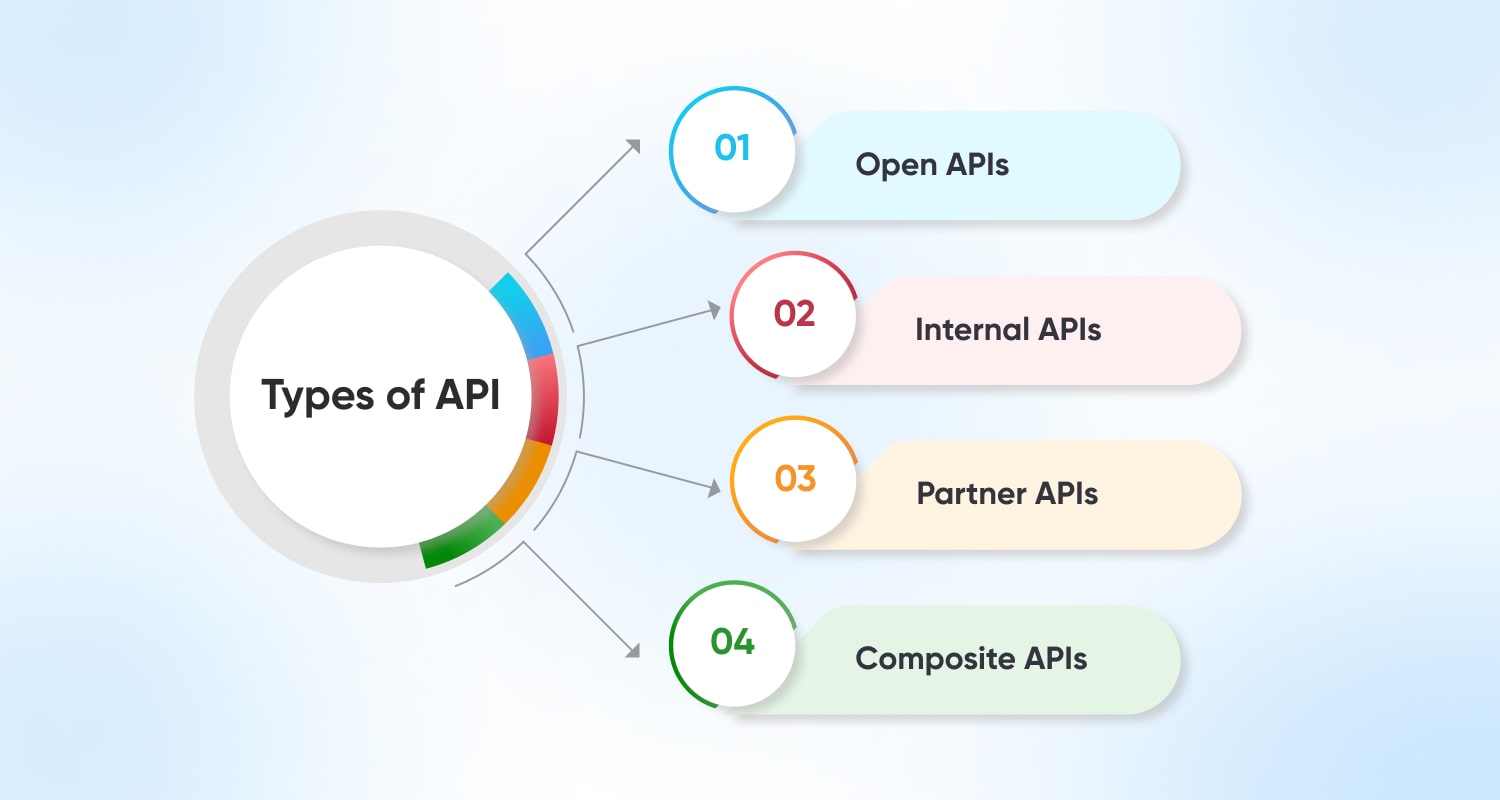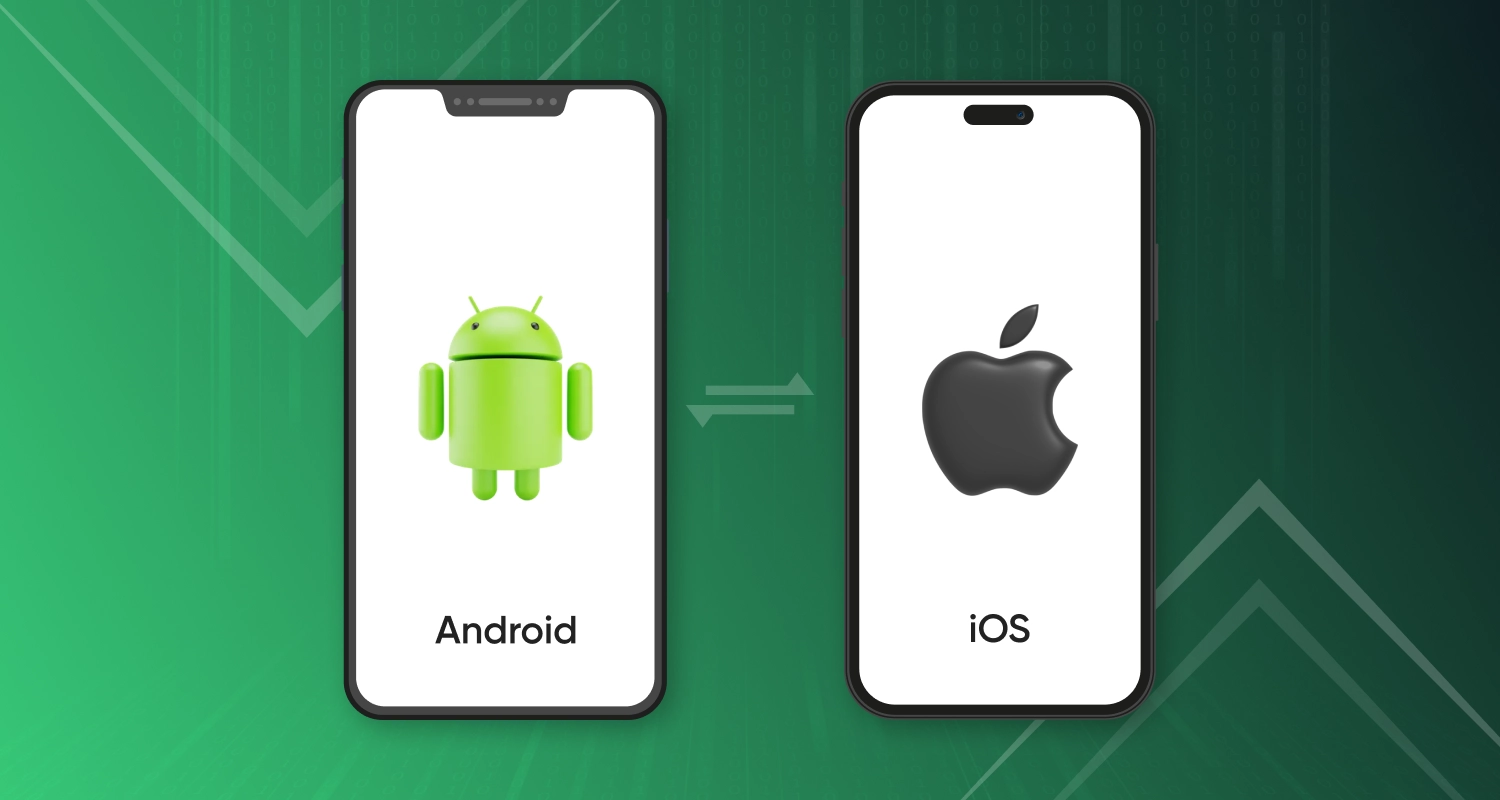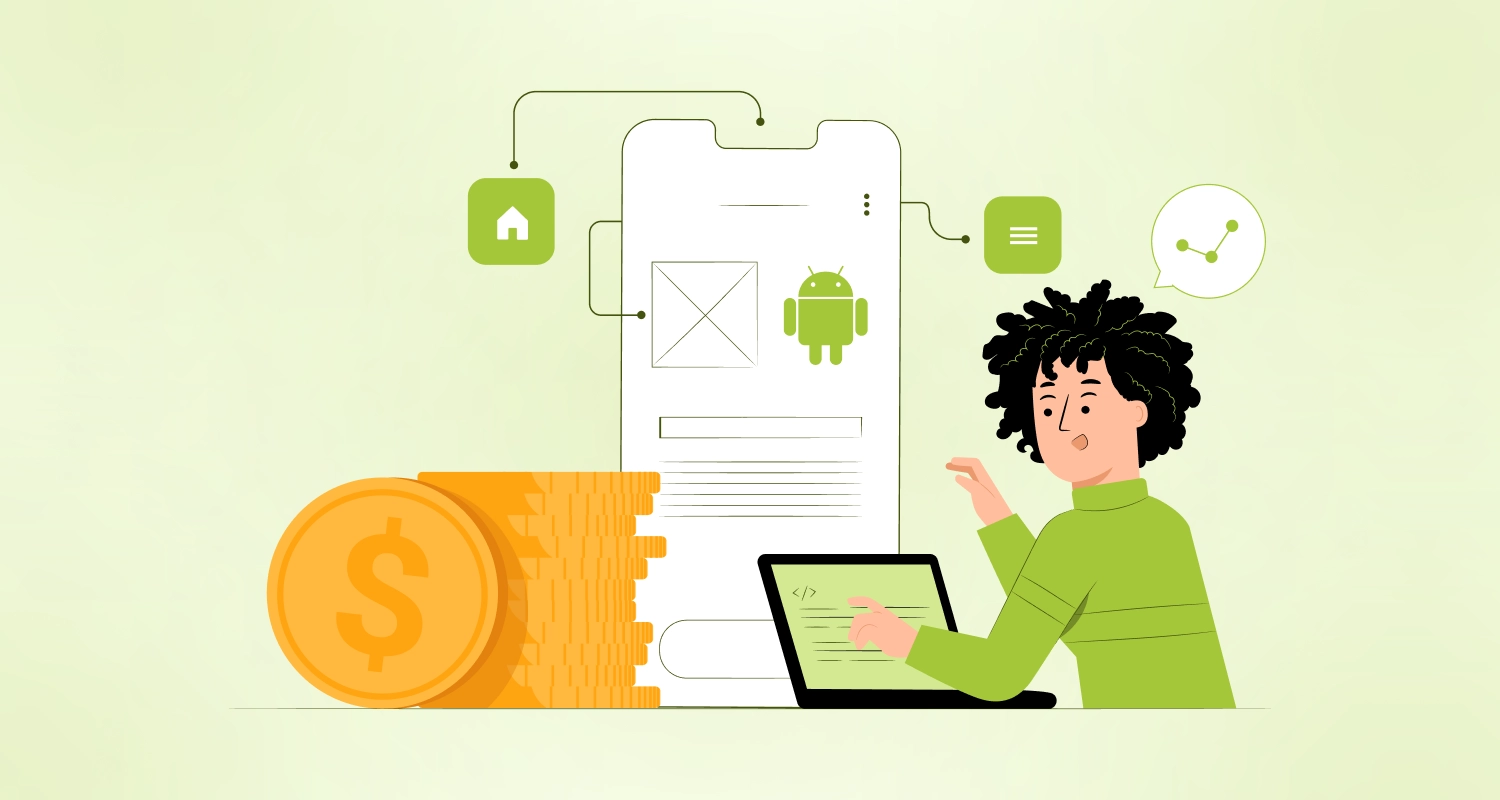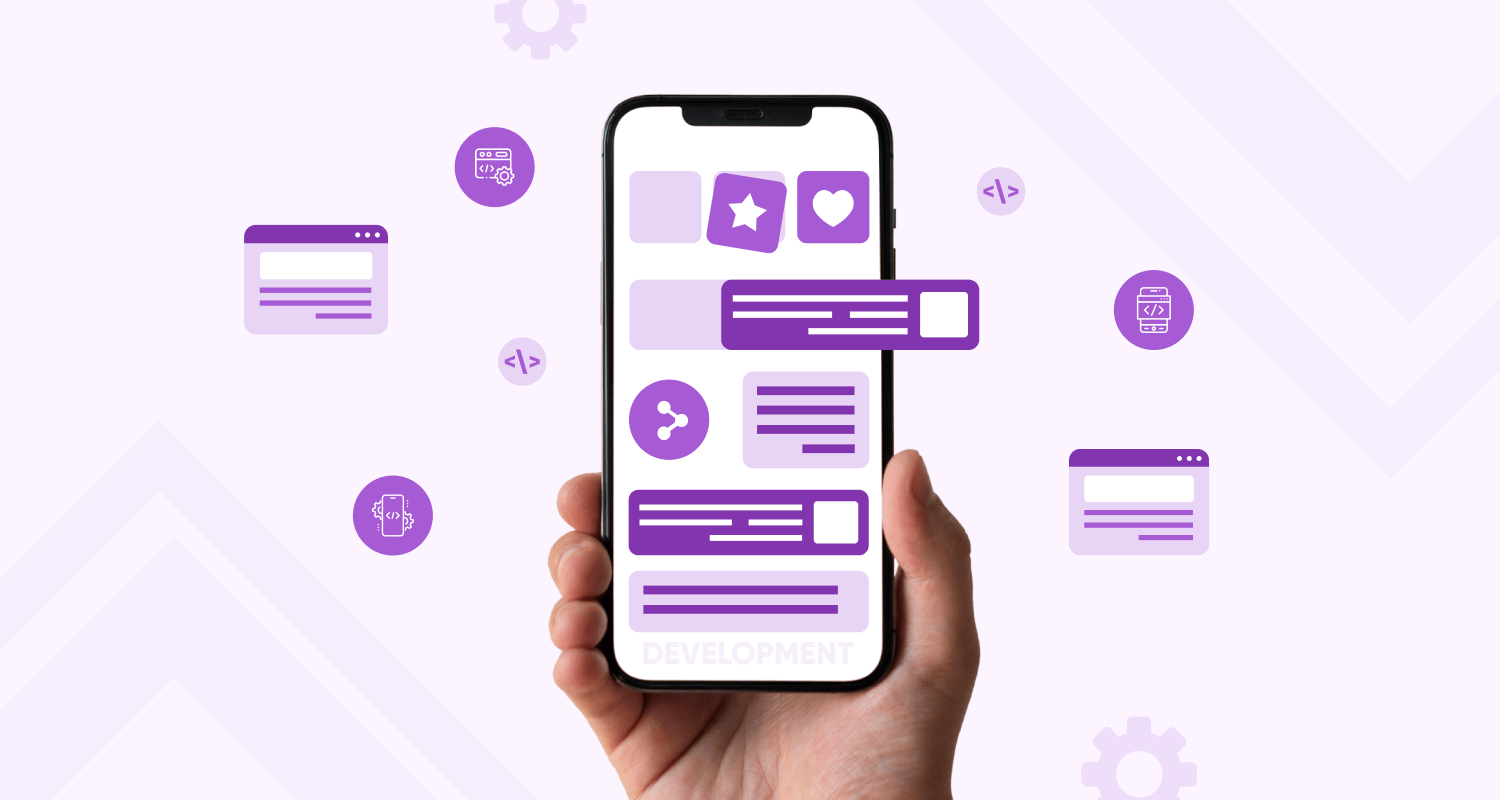Target API Level requirements are essential when developing and publishing Android apps on Google Play. Google Play sets a minimum API level requirement for each new Android version, and developers must target the appropriate API level for their apps to ensure compatibility with users’ devices.
As of September 2021, the most used Android operating system version was Android 10, with a market share of 32.5%. Android 11 followed closely with a 29.3% market share, while earlier versions like Android 9 and below had significantly lower shares.
With the rapid evolution of Android operating systems, staying updated on the latest API-level requirements is essential for app developers to provide users with a seamless experience while maintaining the security and stability of their apps.
Google Play’s minimum API level requirement has steadily increased over the years. For example, as of August 2021, new apps were required to target at least API level 30 (Android 11), while updates to existing apps had until November 2021 to comply.
If you are confused about how to do it efficiently, an Android app development company can help you! In this blog, we will dive into the significance of Target API Level requirements and the best practices to follow when developing and publishing apps on Google Play.
Types of API

There are four main types of APIs: Open APIs, Internal APIs, Partner APIs, and Composite APIs. Each type of API serves a unique purpose and provides distinct advantages for businesses and developers.
- Open APIs
Open APIs are also known as external or public APIs, designed to be accessed by third-party developers. Open APIs allow developers to access certain functionalities or data from a software application, such as Google Maps or Twitter, and integrate it into their apps. Large companies typically provide open APIs and target API-level requirements for Google Play apps that want to increase their reach and offer more value to their users.
- Internal APIs
Internal or private APIs are used within a company or organization to improve internal communication and streamline operations. Internal APIs can be used to integrate different software systems and applications, such as enterprise resource planning (ERP) systems, human resource management systems (HRMS), and customer relationship management (CRM) systems.
- Partner APIs
Partner APIs, or strategic APIs, are designed to be accessed by a specific group of developers or partners. Partner APIs allow businesses to collaborate with other companies and integrate their software systems to create more customer value. For example, a hotel booking website might partner with an airline to offer bundled vacation packages.
- Composite APIs
Composite APIs combine multiple APIs to provide a more comprehensive solution. Composite APIs are often used to simplify the integration process for developers by providing a single endpoint for multiple APIs.
These APIs can also help businesses reduce their software systems’ complexity by consolidating multiple APIs into a single interface. Composite APIs are typically used for complex applications requiring multiple software systems integration.
The Benefits of Targeting the Right API Level
Targeting the appropriate Android API level can improve your app’s performance, security, compatibility, and future-proofing while increasing user engagement and ratings.
Targeting the right API level and using the appropriate API integration services is essential to ensure your app is optimized for the latest Android versions and user needs.
- Improved App Functionality:
Target app for android that ensures your app can take advantage of new features and improvements that can enhance the app’s functionality and performance. By integrating your app with API integration services that are compatible with the target Android API level, you can deliver a more seamless user experience.
- Enhanced Security:
Targeting the appropriate API level can improve the app’s security and privacy features, ensuring that users’ data is protected. This is particularly important as Android versions are updated to include new security features, which require apps to comply with the latest standards to ensure user data is secured.
- Greater Compatibility:
By targeting the appropriate API level, your app can be compatible with a wider range of devices, including older devices running earlier versions of Android. This increases the potential user base and leads to higher engagement and revenue.
- Improved User Experience:
Targeting the right API level can help you optimize your app for the latest features and behavior changes, ensuring that users have an enjoyable experience while using your app. This can help build a loyal user base and increase user engagement.
- Higher app ratings:
By targeting the appropriate Android API level and providing a seamless and secure user experience, you can increase the likelihood of positive user reviews and higher app ratings. This can ultimately lead to increased downloads and revenue.
You may like this: Best API Testing Tools
Best Practices for Targeting the Appropriate API Level
Stay up-to-date with the latest API-level requirements
Google Play’s minimum API level requirement for new Android versions can change over time, so it’s crucial to stay informed and adjust your app accordingly. This can help ensure your app is compatible with a wide range of devices and meets the latest security and privacy standards.
Target the Latest Stable API Level
By targeting the latest stable API level, you can take advantage of the latest features and improvements, enhancing your app’s functionality and performance. Additionally, it ensures that your app is compatible with most devices running the latest Android version.
Use the Targetsdk Version Attribute
The targetSdkVersion attribute in your app’s build. The gradle file specifies the API level that your app was designed to run on. Setting this attribute to the latest stable API level ensures your app is optimized for the latest features and behavior changes.
Test Your App on Different Devices and API Levels
It’s essential to test it on different devices and API levels to ensure it works correctly and meets your app’s requirements. You can use tools like Android Virtual Devices (AVD) or physical devices to test your app on different API levels and identify any issues.
Update Your App Regularly
Regularly updating it can help ensure it remains compatible with the latest Android versions and security standards. Additionally, it can help fix any bugs or issues that users may encounter, enhancing their experience and increasing their engagement with your app.
The Risks of Targeting the Wrong API Level
While targeting the appropriate Android API level is essential for app development, targeting the wrong API level can have serious consequences for app compatibility, performance, and security. Here are some risks associated with targeting the wrong API level:
Incompatibility with Newer Devices:
If you target an older Android API level, your app may not be compatible with newer devices that require a higher API level. This can significantly limit your app’s user base and lead to negative reviews.
According to Google’s Android Dashboard, as of September 2021, Android 10 (API level 29) and Android 11 (API level 30) are the most widely used Android versions, with a combined usage share of over 60% among Android devices accessing the Google Play Store. This means targeting a lower API level may exclude many Android users from accessing your app.
Security Vulnerabilities
If you target an older Android API level, your app may be vulnerable to security issues and exploits that have been addressed in newer API levels. This can risk your users’ sensitive information and damage your app’s reputation.
According to the Android Security Bulletin, as of October 2021, 23 security vulnerabilities were addressed in Android 11 but not in earlier Android versions. This highlights the importance of targeting the appropriate API level to ensure your app is secure and protected.
Limited Access to API integration Services
If you target an older Android API level, your app may not be able to access newer API integration services that can enhance your app’s functionality and user experience. This can put your app at a competitive disadvantage and limit its potential for success.
According to Statista, as of July 2021, Google Play offered over 6 million apps, and the competition for app downloads and engagement is fierce. By targeting the appropriate API level and using the latest API integration services, you can enhance your app’s features and user experience, giving it a better chance of success.

Why Should You Hire Professionals for Target API Level Requirements?
After knowing the potential risks, you must have realized the need for target API-level requirements! But still, wondering why you should opt for an Android app development company. Here’s the answer!
- Expertise in Android app development:
Hiring an android app development company with expertise in developing apps for different Android versions can ensure that your app targets the appropriate API level and meets the latest security and privacy standards. They can also provide valuable insights and suggestions for improving your app’s functionality and performance.
- Access to the latest API integration services:
Professional developers have access to the latest API integration services and tools that can enhance your app’s functionality and performance. They can also suggest appropriate APIs to integrate into your app, ensuring it is optimized for the latest Android versions.
- Time and cost-effectiveness:
Hiring professionals can save you time and money by avoiding the need for in-house development and training. They have the necessary skills and experience to complete the development process more efficiently, saving you time and costs.
- Quality assurance:
Professional android app development companies have a quality assurance process that ensures your app works correctly and meets your requirements. They can also test your app on different devices and API levels, identifying and fixing any issues before release.
- Post-release support and maintenance:
After the app is released, professional developers can provide ongoing support and maintenance services, ensuring that your app remains compatible with the latest Android versions and security standards. This can help prevent issues or bugs and enhance the user experience.
Conclusion
In conclusion, targeting the appropriate API level is crucial for Android app developers to ensure compatibility, security, and optimal performance for their Android apps.
Frequently Asked Questions
What is target API vs. minimum API?
The target API level is the version of the Android API that the app is designed to run on, while the minimum API level is the minimum version of the Android API that the app can run on.
In other words, the target API level represents the maximum API level the app is tested and optimized for. In contrast, the minimum API level represents the lowest API level the app can run on.
What are the 4 types of API?
There are four types of APIs:
Open APIs (also known as external or public APIs)
Internal APIs (also known as private APIs)
Partner APIs (also known as strategic APIs)
Composite APIs
What is the minimum API level for the target API level?
The minimum API level for the target API level depends on the version of the Android operating system that the app is targeting. For example, if an app targets Android 11, the minimum API level would be 26 (Android 8.0).
Google Play sets a minimum API level requirement for each new Android version. App developers should target the appropriate API level for their apps to ensure compatibility with users’ devices.
How to change the API level in Android?
To change the API level in Android, you need to modify the “minSdkVersion” and “targetSdkVersion” values in your app’s build. Gradle file. The “minSdkVersion” represents the minimum API level that your app supports, while the “targetSdkVersion” represents the API level that your app is targeting.
Depending on your app’s requirements, you can change these values to target a higher or lower API level. After making these changes, you need to rebuild and redeploy your app.







